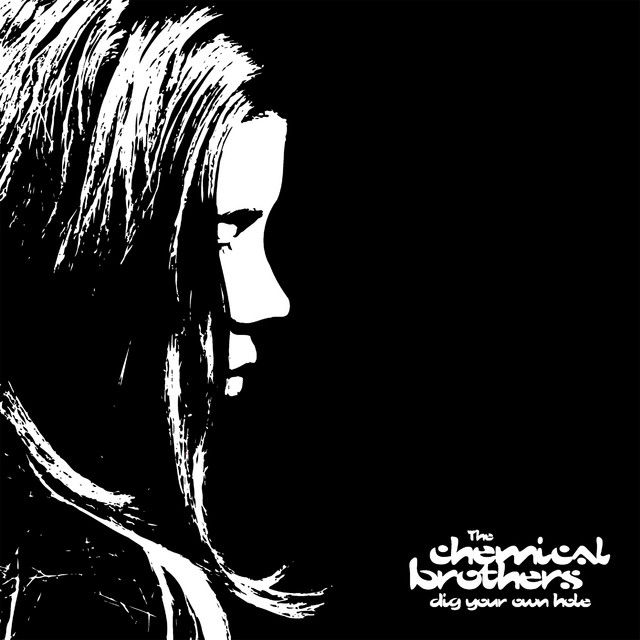Song Stories: The Chemical Brothers: Setting Sun
The 1990s was a golden time for British music, for all genres. Britpop bands like Oasis, Blur and Pulp ruled the roost. But electronic music was also coming to the forefront of peoples listening habits, with bands like The Chemical Brothers and The Prodigy being the pioneers.
One track, in particular, stands as a defining moment in the The Chemical Brothers career and the evolution of electronic music “Setting Sun”. Released in 1996, this track not only cemented their place in the electronic music scene but also fused psychedelic rock influences with cutting-edge production techniques, creating a sonic experience that was as chaotic as it was captivating.
“Setting Sun” was released as the lead single from Dig Your Own Hole, the Chemical Brothers' second studio album.
What truly set “Setting Sun” apart was the collaboration with Noel Gallagher, the lead guitarist and principal songwriter of Oasis, one of the biggest bands in the world at the time. Gallagher provided the vocals and co-wrote the track, bringing his signature swagger and Britpop sensibilities into the mix. But unlike the anthemic Britpop of Oasis, “Setting Sun” was a trippy, disorienting whirlwind of sound that drew comparisons to The Beatles’ “Tomorrow Never Knows”—an experimental track from the 1966 album Revolver.
Noel has been a fan of the band since their debut record 1995's "Exit Planet Dust" and was a massive dance music fan, having been a regular at both Manchester's Hacienda at the Acid House peak, and London's Heavenly Social, to watch The Chemical Brothers DJ.

It was hearing The Chemical Brothers at the Heavenly Social that would spark the idea for this song, with the band playing “Tomorrow Never Knows” within those DJ sets.
The Chemical Brothers were known for their ability to create immersive soundscapes, and “Setting Sun” is a prime example. Right from the opening seconds, the track throws listeners into a vortex of distorted beats, hypnotic rhythms, and swirling electronic noise. The song is built around a hard, thumping breakbeat that gives it a relentless drive, but it's the layering of psychedelic effects and Gallagher’s haunting vocals that give it its unique, otherworldly character.
The influence of The Beatles can be heard throughout the track. Both "Setting Sun" and "Tomorrow Never Knows" share a similar sense of disarray and hypnotic repetition. The Chemical Brothers were open about their admiration for The Beatles and the experimental approach they took with Revolver. By channeling that same spirit of sonic exploration, “Setting Sun” acts almost like a modern-day continuation of that experimental legacy. But instead of the tape loops and backward guitar solos that characterized “Tomorrow Never Knows,” The Chemical Brothers used samplers, drum machines, and synthesizers to achieve their psychedelic effects.
When “Setting Sun” was released, it skyrocketed to the top of the UK charts, becoming the Chemical Brothers’ first number-one single. It also became a defining track of the big beat genre, which was known for its fusion of breakbeats, rock riffs, and electronic flourishes. Along with contemporaries like The Prodigy and Fatboy Slim, The Chemical Brothers helped bring electronic music into the mainstream, proving that it could be just as visceral and rebellious as rock or punk.
It was a bold statement, that combined rock and electronic music, and challenged both of these genres to create something totally new. A truly groundbreaking piece of art, more than just a product of it's time. A footprint rather than a footnote.
Thank you for reading x